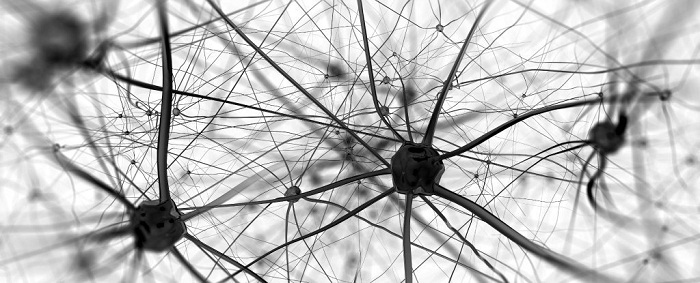"These discoveries represent a significant advance and will have far-reaching implications for the understanding of memory, cognition, developmental plasticity, and neuronal network formation and stabilisation," said lead researcher Jeremy Henley from the University of Bristol in the UK.
"We believe that this is a groundbreaking study that opens new lines of inquiry which will increase understanding of the molecular details of synaptic function in health and disease."
The human brain contains around 100 billion nerve cells, and each of those makes about 10,000 connections - known as synapses - with other cells.
That`s a whole lot of connections, and each of them is strengthened or weakened depending on different brain mechanisms that scientists have spent decades trying to understand.
Until now, one of the best known mechanisms to increase the strength of information flow across synapses was known as LTP, or long-term potentiation.
LTP intensifies the connection between cells to make information transfer more efficient, and it plays a role in a wide range of neurodegenerative conditions - too much LTP, and you risk disorders such as epilepsy, too little, and it could cause dementia or Alzheimer`s disease.
As far as researchers were aware, LTP is usually controlled by the activation of special proteins called NMDA receptors.
But now the UK team has discovered a brand new type of LTP that`s regulated in an entirely different way.
After investigating the formation of synapses in the lab, the team showed that this new LTP mechanism is controlled by molecules known as kainate receptors, instead of NMDA receptors.
"These data reveal a new and, to our knowledge, previously unsuspected role for postsynaptic kainate receptors in the induction of functional and structural plasticity in the hippocampus," the researchers write in Nature Neuroscience.
This means we`ve now uncovered a previously unexplored mechanism that could control learning and memory.
"Untangling the interactions between the signal receptors in the brain not only tells us more about the inner workings of a healthy brain, but also provides a practical insight into what happens when we form new memories," said one of the researchers, Milos Petrovic from the University of Central Lancashire.
"If we can preserve these signals it may help protect against brain diseases."
Not only does this open up a new research pathway that could lead to a better understanding of how our brains work, but if researchers can find a way to target these new pathways, it could lead to more effective treatments for a range of neurodegenerative disorders.
It`s still early days, and the discovery will now need to be verified by independent researchers, but it`s a promising new field of research.
"This is certainly an extremely exciting discovery and something that could potentially impact the global population," said Petrovic.
/Science Alert/
More about:
















































